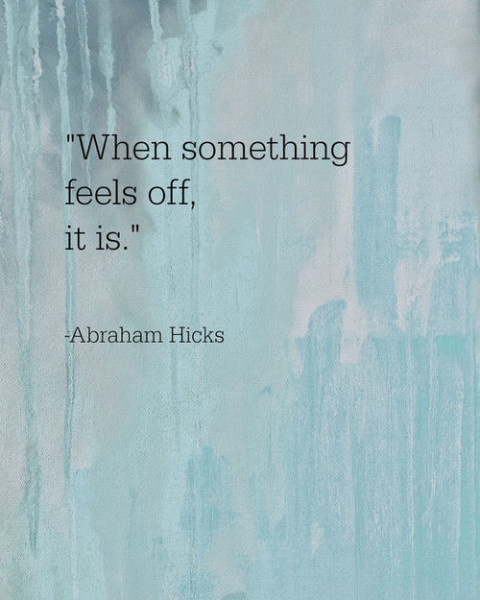Guest post by Jennifer Lentfer
“How toxic is your work environment?”
Between the quiz in the New York Times recently or the many(!) articles found on the subject in Fast Company, Forbes, Monster or LifeHacker, you’d think there’s an epidemic going on.
It’s a disease that the social good sector suffers from too.
I won’t bore you with the “7 signs” to look out for or ways to cope or “stay sane” in the midst of bullying or dysfunctional leaders, unfairness, low morale, drama, unrealistic work expectations, or immoral activities – all with which I know many of us have struggled.
 There’s no such thing as the perfect workplace, or job, or team, or organization. But in the social good sector, this is often a massive disappointment since at one time we were idealists, after all. Or else we would have never found ourselves here in the first place. But when we find ourselves battling with internal politics and pressures, rather than focusing on fixing the problems “out there,” we wonder if the reasons we once joined the fight still hold.
There’s no such thing as the perfect workplace, or job, or team, or organization. But in the social good sector, this is often a massive disappointment since at one time we were idealists, after all. Or else we would have never found ourselves here in the first place. But when we find ourselves battling with internal politics and pressures, rather than focusing on fixing the problems “out there,” we wonder if the reasons we once joined the fight still hold.
For some of us, this quandary is acutely painful. Rather than fighting poverty or injustice, we have to fight just to save our souls from the burden of organizational life and toxic situations.
Toxic workplaces in the nonprofit, international aid, philanthropy, and social enterprise sectors have more implications, however, than just on the health and self-worth of individual employees. With relationships and partnerships at the core of our business, here are four ways that toxic workplaces bring down the entire business of “doing good”:
1) We squander resources.
What’s the biggest part of most aid organizations’ budgets? Yep, people. When they’re not doing their best work, all our talk of “program results” can go out the window.
2) We gloss over power dynamics.
Best explained in the Barefoot Guide: “Power is held in relationships…without relationship power means little, it has no force, for bad or for good.” So if we define poverty as a lack of power, and our relationships are suffering, what chance do we have of addressing that?
3) Creativity can’t come from constant battle.
Poverty is a complex, intractable problem. Problem-solving and good ideas don’t come to people who are under constant stress or threat.
4) We cannot live our values.
In our line of work, we make a slew of decisions every day that have ethical implications. It’s tough to bring integrity into these situations when everyone is in survival mode.
If you’re in a toxic work environment in the sector, you can either (a) go down with the ship, (b) reach for a life preserver and hang on for dear life, or (c) abandon ship and find a new one.
But just know, the seas don’t have to be so rough.
***
Jennifer Lentfer is the creator of the blog how-matters.org and Director of Communications at IDEX, a San Francisco-based grant maker. Last year, with her students at Georgetown, she published “The Development Element: Guidelines for the future of communicating about the end of global poverty.” She was named as one of Foreign Policy Magazine’s “100 women to follow on Twitter” in 2012 and has served with Oxfam, American Red Cross, Catholic Relief Services, UNICEF, and Firelight Foundation, focusing on organizational development and learning.


Thank you for sharing! So refreshing to see someone write from this angle. I wrote in my blog about the same topic, greetings from Ethiopia!
http://selamselam.me/2015/06/16/lets-bring-more-results-with-development-aid-but-how/